Samsung S90F review: an impeccable OLED
Samsung's S90F is an OLED TV treat – every bit worthy of its 5-star score

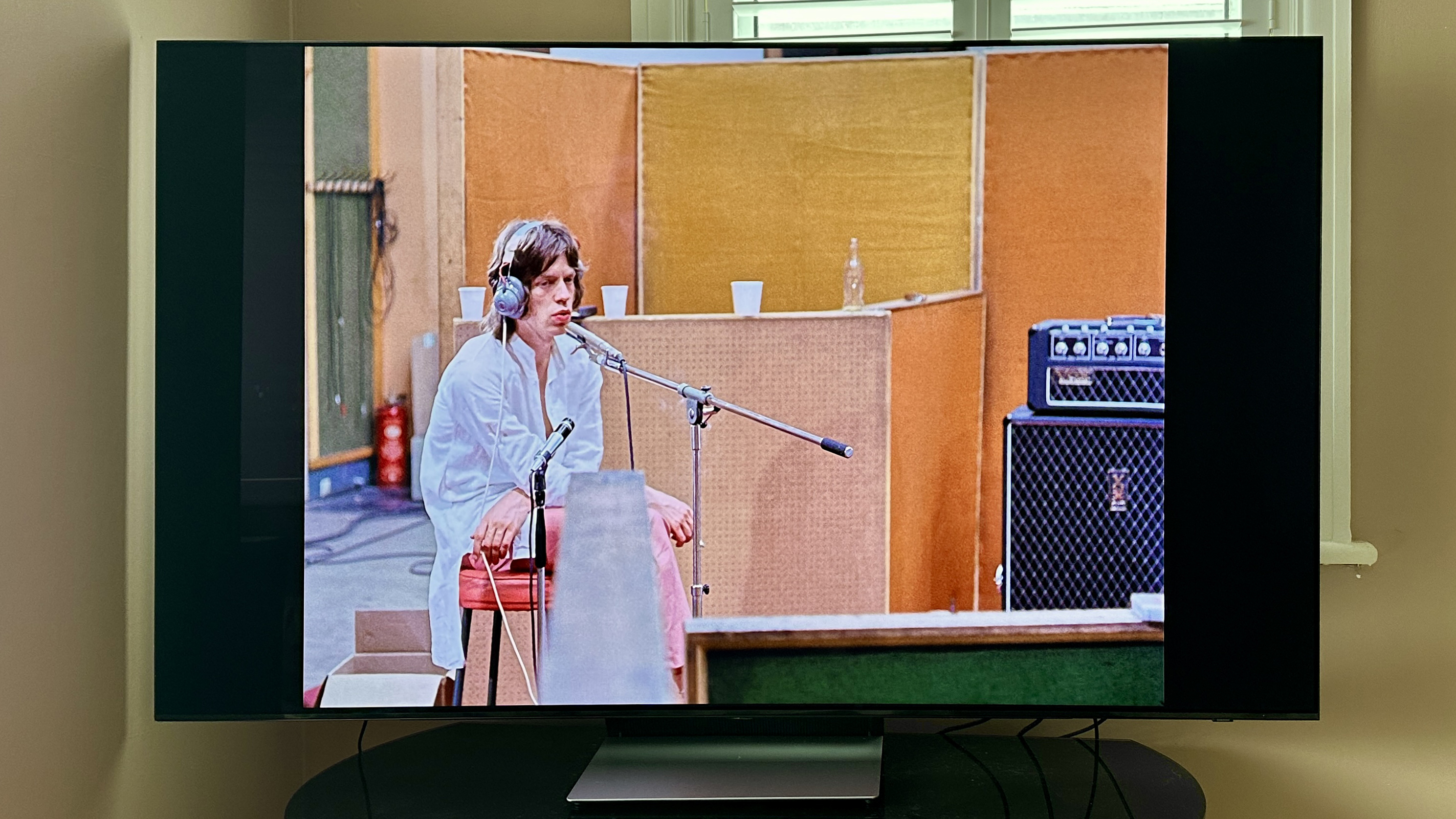
The Samsung S90F is a splendid television where picture quality is concerned. It’s bright, detailed, handles motion well, serves up convincing contrasts and is a superb example of what an OLED TV can do. Its smart TV interface is good, it’s a fine option for gamers, and its sound isn’t actively offensive (which puts it ahead of any number of nominal rivals) – although adding a soundbar will always be an improvement. When it further drops in price that 5-star rating will be even more qualified than it is on launch day, too.
-
+
Bright, detailed and absorbing images
-
+
Impressive game-centric specification
-
+
Plenty of useful control options
-
-
Audio quality is nothing like as impressive as picture quality
-
-
‘AI Mode’ is rather a blunt instrument
-
-
Has limits to its upscaling abilities
-
-
Currently quite expensive
Why you can trust T3

Samsung may have been late to the OLED party, but the Korean giant is certainly making up for lost time in making sets worthy of our best OLED TVs list.
Its new S90F range comes in a wide range of screen sizes, has the features to compete, and is fully on board with the seemingly compulsory ‘AI’ aspect of specification too.
Like every credible manufacturer’s new best TVs when they first hit the market, though, the S90F doesn’t look like anyone’s idea of a bargain just yet. Ignoring that, however, just how does this new OLED model stack up?
How much does the Samsung S90F cost?
The Samsung S90F is on sale now, in an array of sizes: 42-, 48-, 55-, 65-, 77-, and 83-inches. I've been living with the 65-inch model for this review.
In the United Kingdom that 65-inch set will cost you £2699 at launch. In the United States it'll cost around $3499. While Australia's asking price is AU$5499 or close to it.
Televisions, more than any other product type, are subject to market-by-market variations, of course – and pricing fluctuations can happen rather soon after launch in sales periods.
S90F vs S90D: What's New?
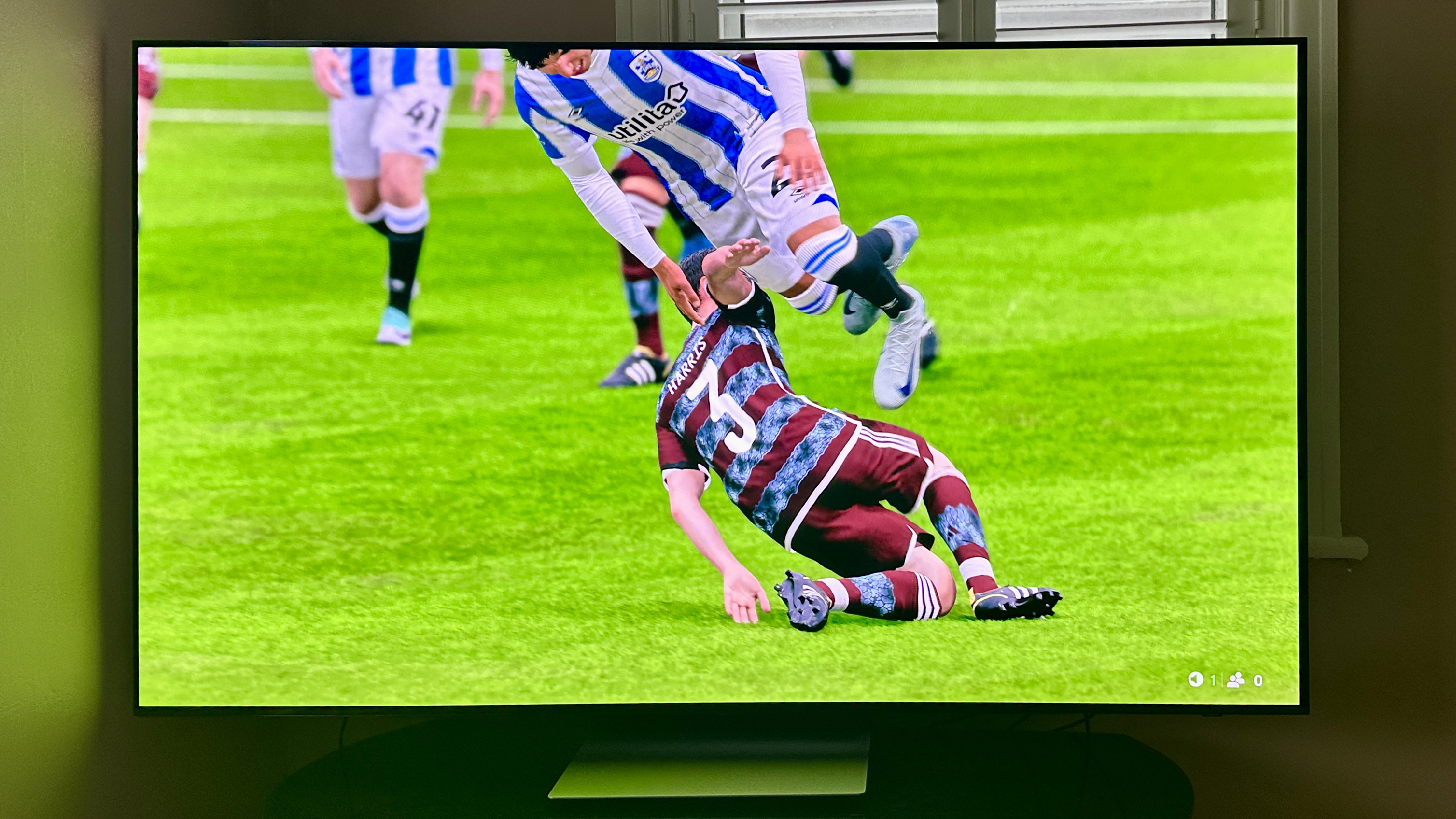
Samsung isn’t all that keen to discuss the specifics of the panel technology it’s using here – as it differs per size and region – but I am strongly led to believe this 65-inch on review uses a QD-OLED panel. The rest of the range is either QD-OLED or W-OLED – but as to which is which, well, your guess is as good as mine at this stage.
What is not any kind of secret, though, is that this is a 4K OLED TV with HDR compatibility – not Dolby Vision, alas, as Samsung is still dogmatically sticking to its guns where HDR10+ Adaptive is concerned.
It uses the same NQ4 AI Gen 3 picture processing engine as its more expensive S95F sibling – this means 4K AI Upscaling Pro (via 128 neural networks), AI Motion Enhancer Pro and AI Colour Booster Pro.
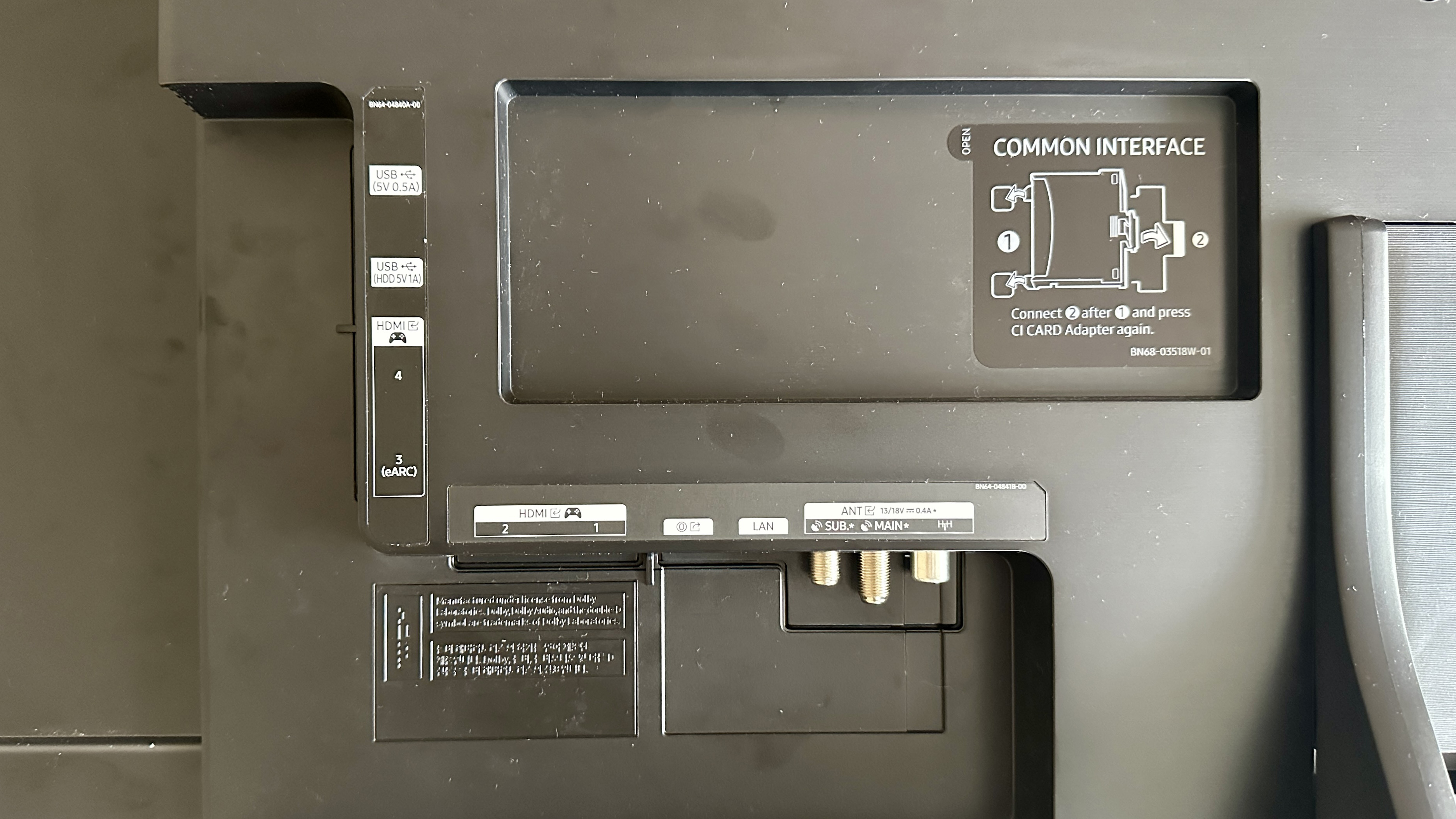
AI, in fact, is to the fore across the board – the S90F has an AI Mode that enables a whole suite of processes under the banners of AI Customisation, AI Optimisation and AI Sound. The engine also takes responsibility for automatic HDR remastering and image depth enhancement.
The AI Sound Pro feature basically means the screen’s 60-watt, 2.1.2 audio system features Adaptive Sound Pro and Active Voice Amplifier Pro – the intentions of which should be fairly obvious. The S90F is Dolby Atmos-compatible, includes Samsung’s ‘OTS’ (object-tracking sound) feature, and supports Q Symphony – so any of the best Samsung soundbars will allow the screen’s sonic efforts to join in with its own.
As far as gaming goes, all four of the S90F’s HDMI sockets are at 2.1 standard, and each one covers off 144Hz, Freesync Premium Pro, VRR, ALLM, HGiG and G-Sync – good news for console and PC gamers everywhere.
The inevitable AI Auto Game Mode is present and correct, and the pop-up Game Bar allows for niceties like flexible aspect ratios (32:9 and 21:9 are both available), zoom in, virtual aim point, input lag check and plenty more besides.
How good is the S90F's picture quality?
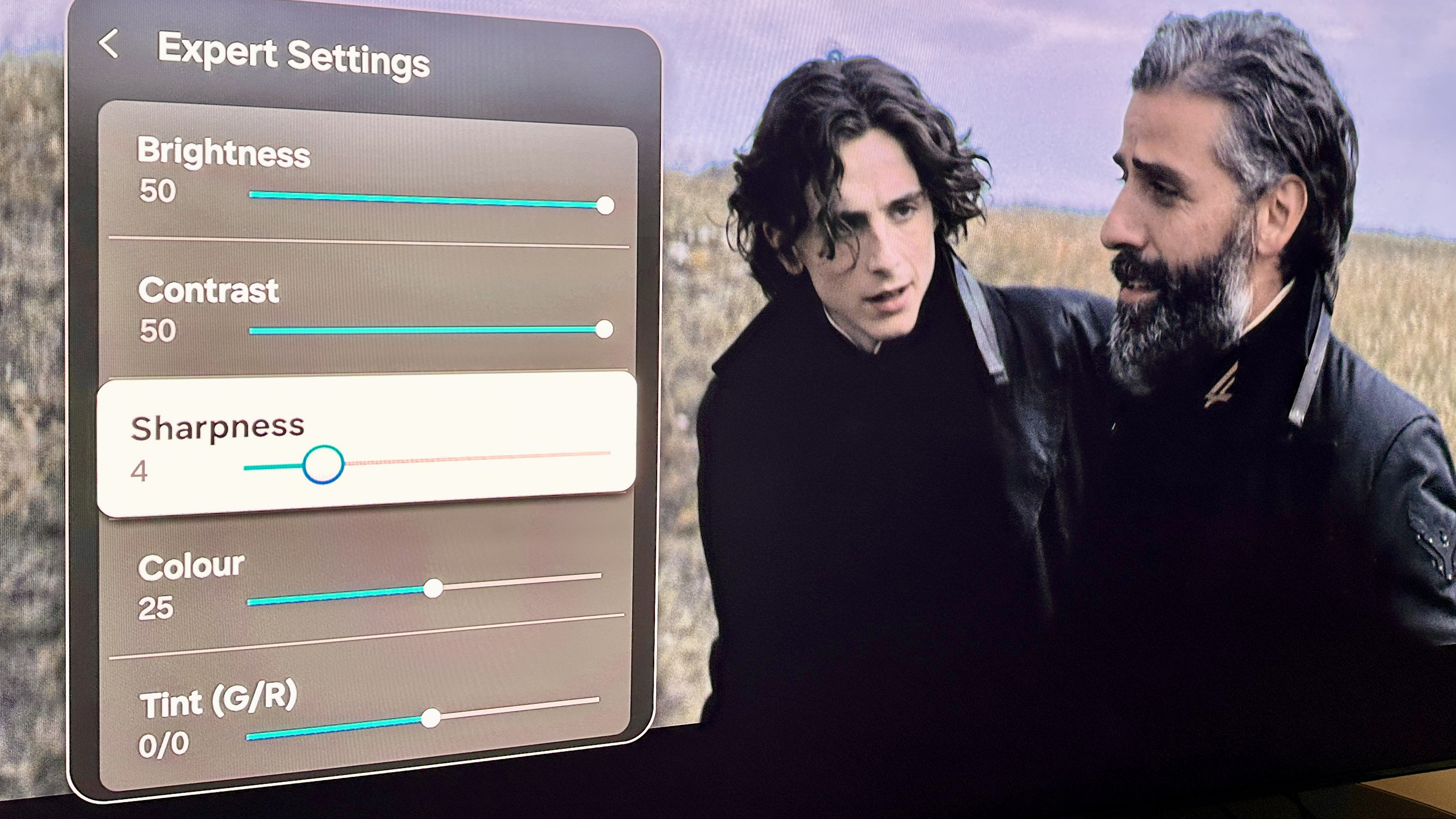
As with the vast majority of premium televisions, it’s possible to fiddle quite extensively around the edges of the picture the S90F delivers – at its most extreme and most obvious, the difference between the Filmmaker Mode and Dynamic picture presets is almost literally night and day.
Try as you might, though, what you can’t do is alter the fundamental characteristics of the Samsung. It’s a more complete watch when serving up some native 4K content with an HDR element to it than when upscaling some 480i daytime TV broadcast, of course – but the essence of its performance remains the same.
What’s most immediately noticeable, and impressive, about the way this OLED TV performs is the peak brightness it’s able to muster. Time was that the relative lack of brightness of OLED technology was the biggest and most effective stick with which to beat it, but those days would appear to be gone.
The S90F is more than bright enough to be perfectly watchable even in a brightly lit room – and the anti-reflection technology Samsung has brought to bear here, which keeps bounce-back of light down to very acceptable levels indeed, doesn’t do any harm in this respect either. The Samsung keeps its white tones clean and loaded with detail, even as they sear from the screen.
Detail levels, in fact, are high across the board. The Samsung delivers deep and lustrous black tones, of course – but they’re properly varied and contain a great deal of information both broad and fine. The S90F can keep even glaring contrasts stable and composed.
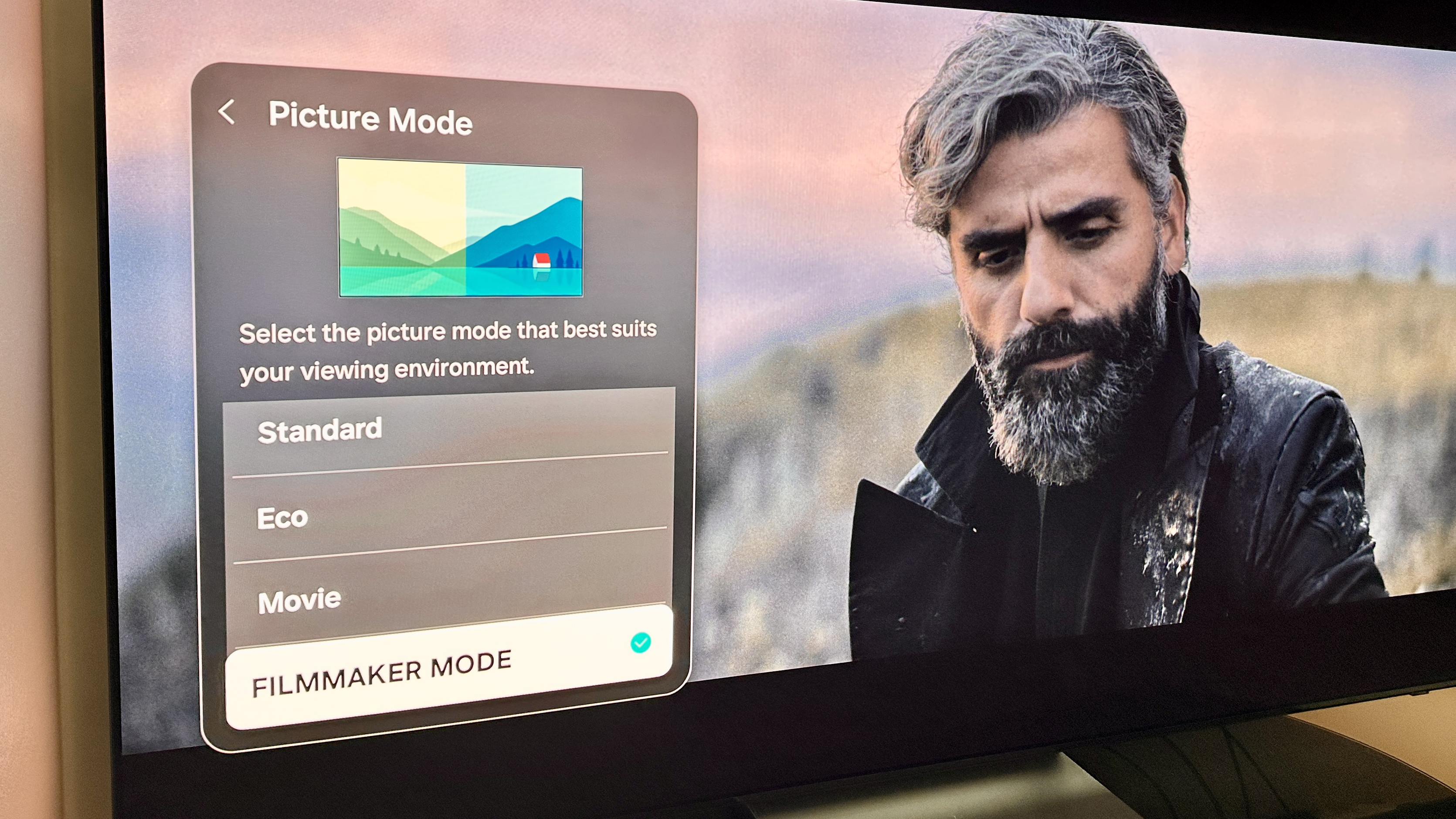
In between the two extremes of white and black, the colour palette it accesses is vibrant-yet-naturalistic, and there seems no limit to the nuance of shade it can generate. And if there are details of texture to be revealed, the Samsung pretty much pounces on them.
It’s a stable and composed watch, even if it’s asked to reproduce complex, tight patterns or varied textures – it’s alert to the most minor, most fleeting variations and is able to give them convincing weighting.
Edge definition is smooth and confident, depth of field is actually quite prodigious in those scenes that require it, and its control of on-screen motion is excellent. Even the most testing content – televised sport, for example – remains composed and stable.
Even when you ask it to upscale sub-4K content, the Samsung remains positive and controlled. You have to go an awfully long way down the resolution pecking order before any softness creeps in and details start to go astray – and I’ve yet to see a 4K TV at anything like a real-world price that can do better with, say, 720p content than the S90F.
It’s a similarly gratifying story where gaming is concerned. The splendid brightness levels make the most of lighting effects, input lag is basically non-existent, and the Samsung handles the most hectic on-screen action without any hint of tearing, stuttering or any of the other nastiness that can afflict less capable televisions.
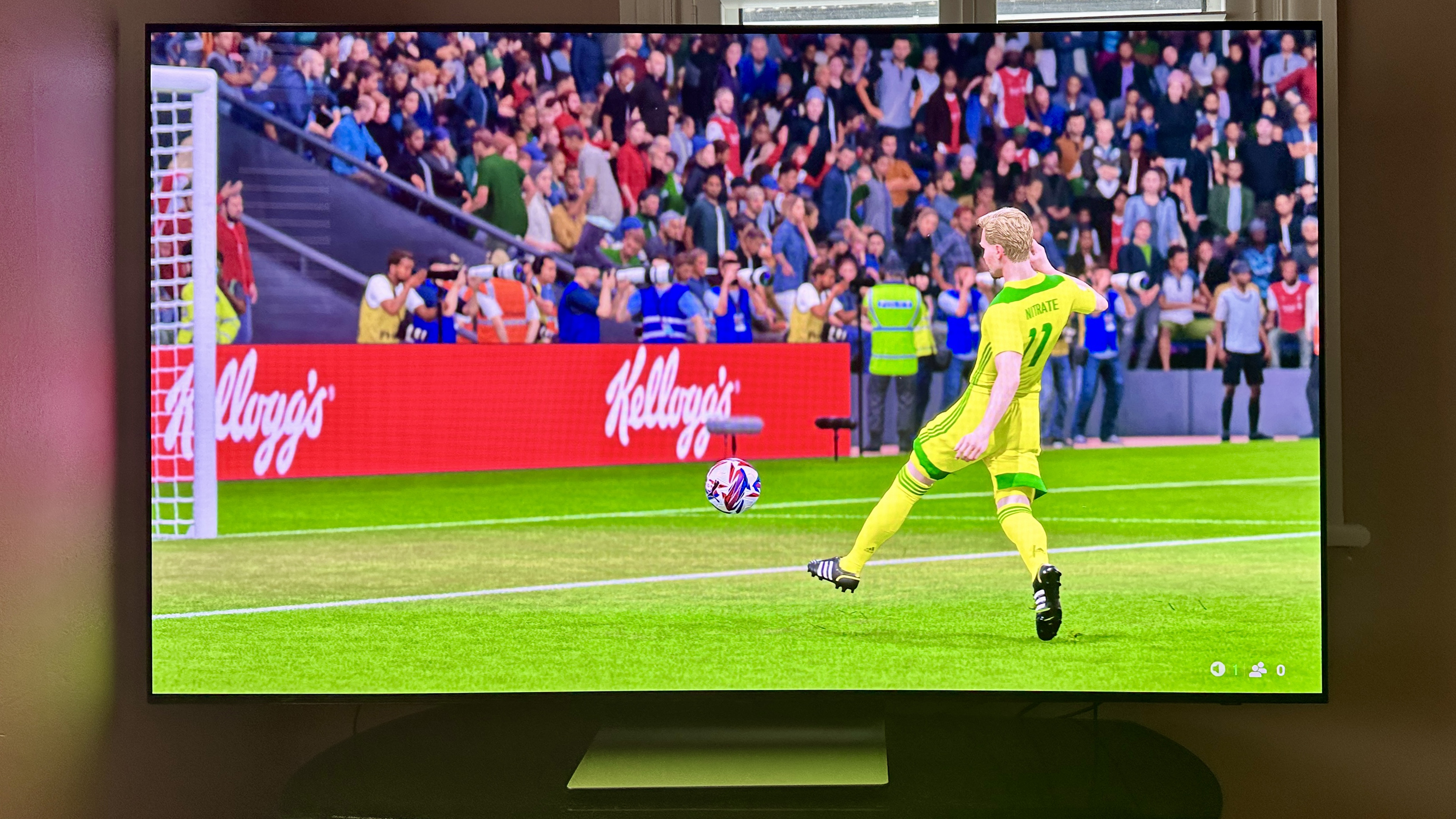
Nothing’s perfect, of course, but you can mitigate some of the Samsung’s less welcome traits quite easily. Take AI Mode, for example – it’s obvious someone has become altogether too excited by the S90F’s ability to create brightness, and in this mode it delivers altogether too much of a good thing. Unless you like to squint during bright scenes and want dark scenes to look like they’re occurring at high noon, you’ll leave it well alone.
The same is true, admittedly in the opposite sort of way, with Filmmaker Mode – lately I’ve seen a few screens that do quite good work in this mode, rather than defaulting to the sort of presentation that makes you feel like you might suddenly have developed cataracts. The S90F, though, is not among them.
Inevitably, the sound the S90F makes is of an entirely different order to the pictures it serves up. In fairness, there’s a reasonable amount of substance to the sound this 60-watt system generates, and it projects midrange information quite well too – but its unavoidable lack of low-end body and its slightly toothy rendition of the top of the frequency range mean it’s really nothing special.
If you want the audio to properly do some justice to the video here, you’ll investigate one of your numerous best soundbar options (not least Samsung’s Q Symphony range).
What's the S90F like to live with?
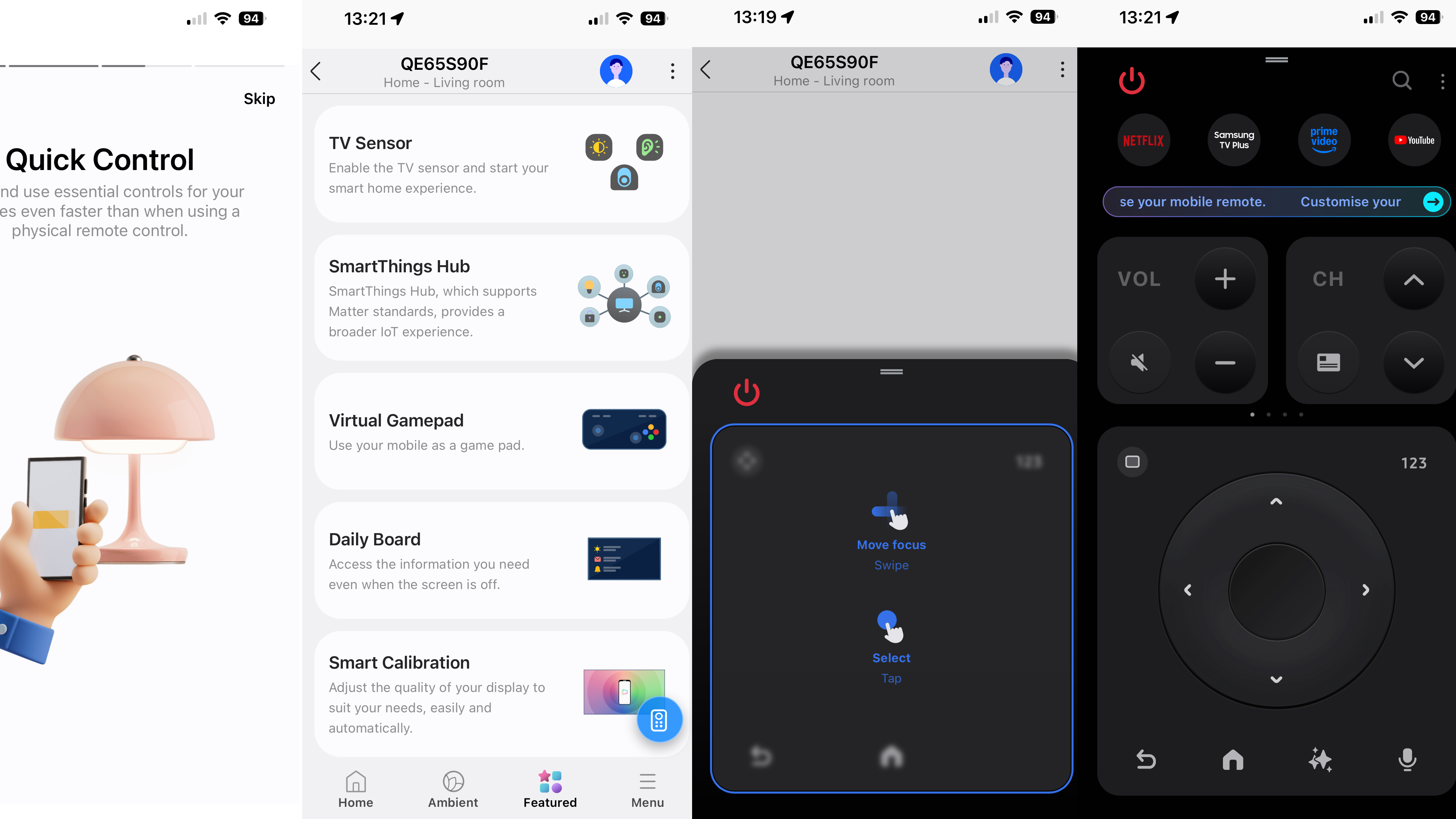
The S90F stands on a central pedestal, which means it doesn’t need to be on all that large a surface if you decide against wall-hanging (though it’s worth noting it’s VESA-compliant if wall-hanging is your thing). It’s a simple three-piece stand that clips, rather than screws, into place and looks nice enough when it’s in position – it doesn’t swivel, though, which might limit your positioning options just a little.
On the stand, the S90F is a perfectly manageable 288mm deep. Without the stand, it’s a svelte 39mm deep, and so will look great on the wall (as long as your wall can support its 21kg weight at this 65-inch scale). There’s no cable management on the rear of the screen, though, which may influence your choices.
Otherwise, it’s Samsung midrange OLED TV business as usual – which means impeccable build quality, a perfectly acceptable standard of finish and very narrow bezels surrounding the screen. The screen itself features an anti-reflection coating that reduces the amount of glare from lighting or what-have-you the screen returns.
There’s nothing special about the way the plastics that make up much of the chassis feel – but then you’re not buying a new TV in order to touch it constantly, are you?
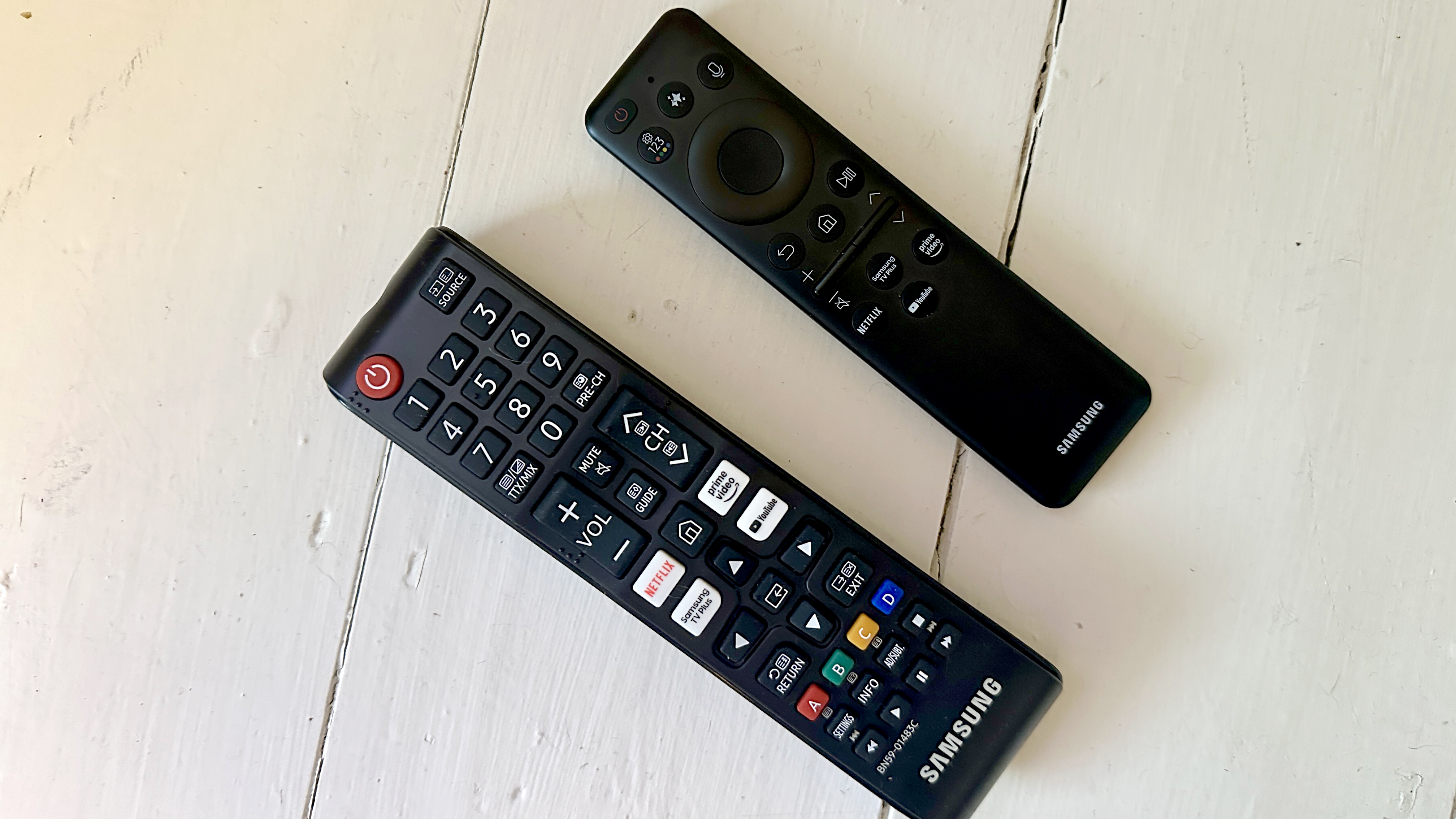
‘Nothing special’ is as good a way as any to describe the pair of remote controls the S90F ships with, too. Both will be familiar to anyone who’s used a Samsung TV recently – one is a full-function handset, the other is slimmer and covers just the essentials.
Voice control is available via Amazon Alexa or Bixby (for Samsung employees, presumably), and via the remarkably nosy SmartThings control app. As well as looking after the S90F, the app also provides control of a whole SmartThings network, of which this TV can easily become part – it’s after quite a lot more information than equivalents from other brands, though. Just as well Samsung’s Knox Security is on hand to assure you none of your data could ever fall into the wrong hands.
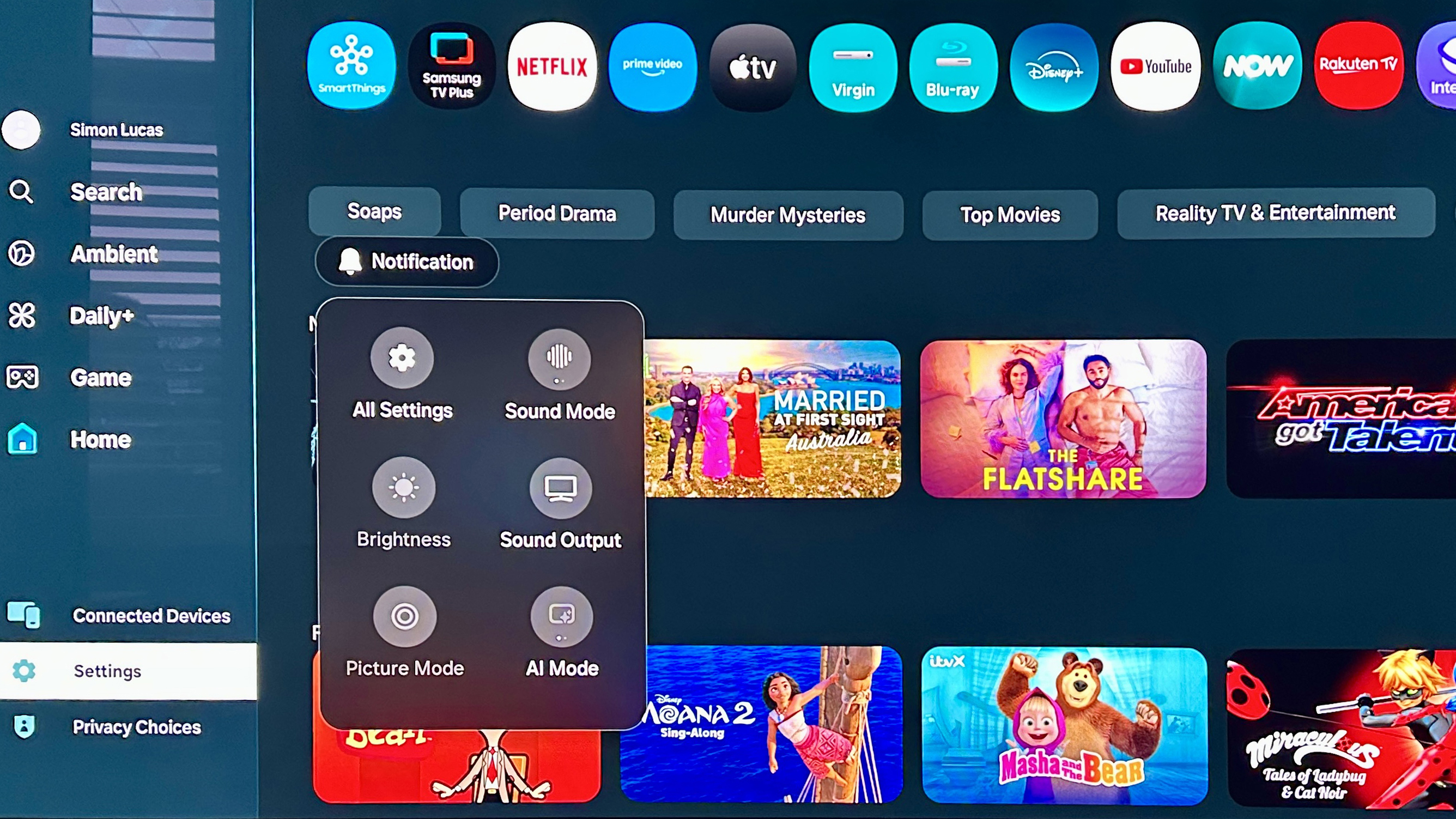
No matter how you decide to control your S90F, though, you’ll be navigating a smart TV interface that’s built on Samsung’s long-serving and entirely fit-for-purpose Tizen platform. It’s logical enough to decipher, and features the vast majority of streaming and catch-up apps you might conceivably need.
And this year marks the start of Samsung’s commitment to free OS upgrades – so your S90F should get a year-on-year OS overhaul every year for the next seven years. Which is nice.
The set-up menus, too, are logical enough – and they strike a nice balance between ‘straightforward’ and ‘in-depth’. Spend as long as you like finessing picture quality, though, you’ll never find a way to make Filmmaker Mode look anything other than dim.
Samsung S90F review: Verdict

The Samsung S90F is a splendid television where picture quality is concerned. It’s bright, detailed, handles motion well, serves up convincing contrasts and is a superb example of what an OLED TV can do.
Its smart TV interface is good, it’s a fine option for gamers, and its sound isn’t actively offensive (which puts it ahead of any number of nominal rivals) – although adding a soundbar will always be an improvement.
Is it worth its asking price though? Well, if you’re very impatient and insist on buying an S90F right now, then its 5-star rating might need further qualification. But consider that its key LG OLED C5 rival costs much the same and you're spoiled for choice – because Samsung's picture quality is simply so accomplished.
Also consider
It’s fairly early days in the 2025 TV model cycle, which means two things. One: the S90F will, inevitably, become more affordable sooner rather than later – we’ve already been through this. Two: the best 2024 TVs are now more affordable than ever, which means they represent the best value out there.
So I am bound to suggest that if you’re in the market for a high-performing OLED TV from a brand with a decent reputation, the most sensible thing to do is check out LG’s OLED G4 and Samsung’s own S95D predecessor – both are still outstanding televisions despite being a year old, and both are now available for less cash.
Sign up to the T3 newsletter for smarter living straight to your inbox
Get all the latest news, reviews, deals and buying guides on gorgeous tech, home and active products from the T3 experts
Simon Lucas is a freelance technology journalist and consultant, with particular emphasis on the audio/video aspects of home entertainment. Before embracing the carefree life of the freelancer, he was editor of What Hi-Fi? magazine and website – since then, he's written for titles such as Wired, Metro, the Guardian and Stuff, among many others. Should he find himself with a spare moment, Simon likes nothing more than publishing and then quickly deleting tweets about the state of the nation (in general), the state of Aston Villa (in particular) and the state of his partner's cat.
You must confirm your public display name before commenting
Please logout and then login again, you will then be prompted to enter your display name.
-
 This LED face mask lifts, massages and rejuvenates your skin – all at the same time
This LED face mask lifts, massages and rejuvenates your skin – all at the same timeIt's a first of its kind
By Lizzie Wilmot Published
-
 66°North Trail Running Collection is a love letter to rugged landscapes
66°North Trail Running Collection is a love letter to rugged landscapesMeet the windbreaker with more engineering than some tents
By Matt Kollat Published
-
 Strava takes aim at Garmin with a race-time prediction tool built for real runners
Strava takes aim at Garmin with a race-time prediction tool built for real runnersPerformance Predictions offers dynamic, personalised estimates for 5K to marathon distances, and it’s live now for subscribers
By Matt Kollat Published